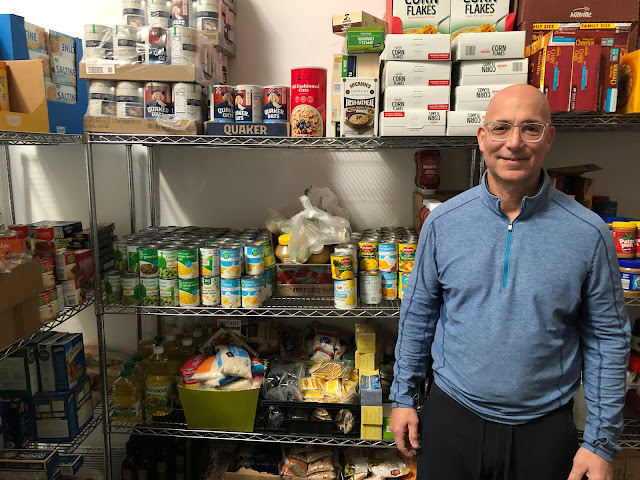Twenty years ago, I wrote a book about the death of men’s hats. A strange subject, yes. But I was curious. You’d see these photos of, say, men at a baseball game in the 1920s. A sea of identical straw hats. That uniformity vanished. Why?
I spent several years researching the topic — and no, it wasn’t John F. Kennedy. He was following the trend, not leading it. The Kennedy era is when people started to really notice the change.
What happened was this. There were two practical reasons for men to wear a hat: first, to keep warm; second, and most importantly, as a sign of social status. Hats were expensive, and a well-maintained hat showed its wearer as a man of means. Or not. “You get a couple of spots on your hat and you’re finished,” Willy Loman observes in the 1947 tragedy, “Death of a Salesman.”
That changed. Men weren’t waiting for streetcars and buses as much. They were in automobiles. Which had heaters. A fancy hat wasn’t needed to impress that clerk. Your credit card did the talking. After the practical uses eased, the social necessity followed. The bottom line: men wore hats because they had to, and once they didn’t have to, they stopped. For decades there was talk about hats coming back, but they never did and never will. They became superfluous, an occasional luxury.
Jump to 2023. This dynamic came tumbling back as I watched the latest round of businesses and government leaders vowing that their workers were coming back to the office. Any moment now. Three days a week. Or two. Or one. Starting soon. To enjoy that magic synchronicity that comes from being at the office. Lured by foosball and cocktail hours.
When the truth is, people went to the office because they had to. And now they don’t.
COVID, like Kennedy, drove home the new reality. Many people can do their jobs without ever setting foot in the office. Thanks to technology, smartphones and laptops, we can sit in our pajamas and process claims or design bridges or write columns.
Now look at going into an office. The average commute in Chicago is 32 minutes. An hour lost right there. Add in office chatterboxes, treks to Starbucks, restaurant lunches. You get more work done at home. Bosses tend to overvalue being in the office and under their watchful eye.
To continue reading, click here.








